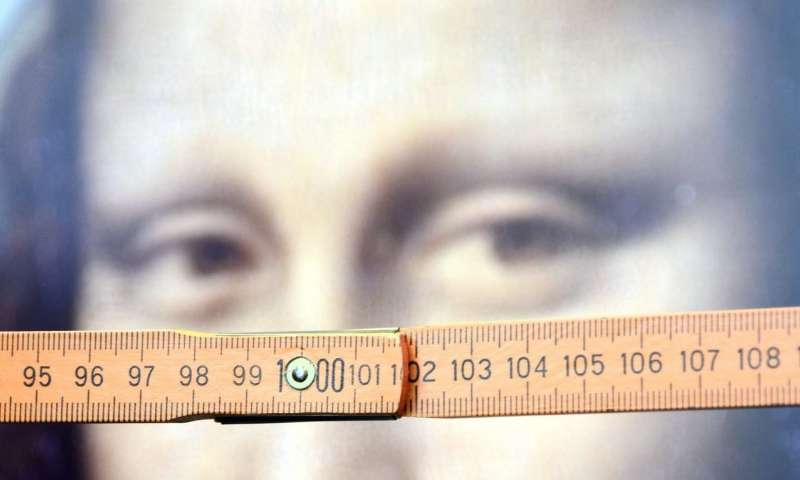
The eyes of Leonardo da Vinci’s iconic Mona Lisa have long been thought to follow viewers around the gallery of the Louvre Museum in Paris where it is exhibited, as well as those looking at photographs and reproductions of the famous painting. Now, researchers from Germany's Bielefeld University assert that while “The Mona Lisa Effect” – the impression that the eyes of the subject in a portrait are following the viewer – is real, it is not true for its namesake painting.
For their study, Dr. Gernot Horstmann and Sebastian Loth asked 24 volunteers to observe several high-resolution images of the masterpiece, each projected three times in random order on a computer screen, and use the provided ruler to indicate where Mona Lisa’s eyes were directed. To test if any individual features of the portrait influenced the viewer’s perception of her gaze, some photos featured her entire head, while others focused just on Mona Lisa’s famous eyes and nose. The orientation of each image was moved slightly, from right to left, to ensure participants did not instinctively enter the same number. To prevent a bias for an even number, the researchers periodically varied the distance of the ruler from the computer screen.

When Horstmann and Loth analyzed the over 2000 observations collected, they found that every one of them indicated that Mona Lisa’s eyes are not looking directly at the viewer. Instead, they are focused at something over his/her right shoulder. “The participants in our study had the impression that Mona Lisa's gaze was aimed to their right-hand side. More specifically, the gaze angle was 15.4-degrees on average," says Horstmann.
So why are so many people convinced the Mona Lisa is looking at them? Horstmann, who published the findings in the scientific journal i-Perception on January 7, 2019, believes it’s human nature to think that the subject of a famous painting is admiring them. “It illustrates the strong desire to be looked at and to be someone else’s center of attention,” he says, “to be relevant to someone, even if you don’t know the person at all.”

While the Mona Lisa may not be projecting its namesake effect, Horstmann, an expert on eye movement and attention, says it does exist. Loth, who has observed the sensation on numerous occasions in his research with robots and avatars, agrees. "Curiously enough, we don't have to stand right in front of the image in order to have the impression of being looked at," he said. "This impression emerges if we stand to the left or right and at different distances from the image." The effect only starts to fade away as the angle between the viewer and the artwork increases.
The debunking of the widely-believed myth does lead to the question: if the Mona Lisa is not gazing and smiling at you, who is she so happy to see?
Resources: Smithsonian.com,phys.org,journals.sagepub.com
